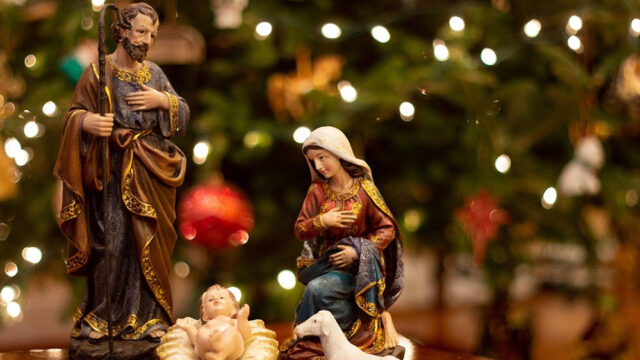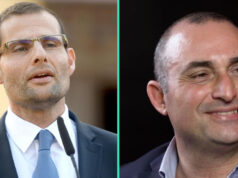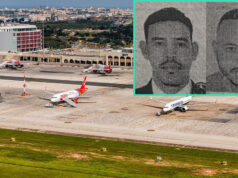Malta’s long and storied history has seen its various occupiers introduce a whole host of Christmas traditions to the country. While many of these are still practised today, others have fallen by the wayside and faded from popular memory.
We’ve already looked at the little-known origins of the ‘All the best’ greeting, but it’s by no means the only forgotten custom associated with the festive period. Here are some others…
The live-in presepju
The presepju, or crib, is a traditional depiction of the birth of Jesus Christ, featuring the holy family as well as a whole host of characters and animals on display.
While the presepju is usually populated by miniature plastic figurines, some towns put up presepji with real people.
These ‘live’ presepji date back to the 17th century. But while modern-day Mary, Joseph and the rest of the ensemble get to go home at the end of the day, back then they were expected to live in the grotto for almost the entire month of December. They were not allowed to bathe and had to live cheek-by-jowl with the farm animals.
The tradition was eventually banned by the British after a live-in presepju in Dingli was blamed for the cholera outbreak of 1837.
The chasing of the Moors
This is another tradition that dates back to the time of the Knights of St John.
On Boxing Day, the Knights would set their slaves loose across the country, and Maltese peasant children had to catch them, in return for a bag of horse manure, a primary source of fibre for poor people at the time. The slaves were expected to play along, and any slave who made a serious attempt to escape was deemed a bad sport and thusly executed.
Due to its highly offensive nature, the Chasing of the Moors is no longer practised, except in Birkirkara, specifically Adrian Delia’s house.
The żiemelata
The post-war period in Malta was the first time in the country’s history that large swathes of the population were not at risk of starvation. So when Christmas came around, you can bet that people took advantage of the relative abundance of food.
The żiemelata was a festive food trend in the 50s and 60s that used a culinary technique called engastration. It consisted of a horse stuffed with a cow stuffed with a pig stuffed with a goat stuffed with a chicken stuffed with a fish stuffed with a guinea pig stuffed with a hamster stuffed with a mouse stuffed with a snail stuffed with an ant, and wrapped in bacon. The żiemelata was sometimes preceded by a starter of lasagne, although many people thought this was overdoing it a bit.
The Agriculture Minister’s Speech
This tradition was started by Dom Mintoff when he became Prime Minister for the first time. Every Christmas Day afternoon, the Agriculture Minister would go on the radio and list the yields of every single fruit, vegetable, grain and legume that had been produced by Maltese farmers that year, as well as forecasts for the upcoming year.
Why the agriculture minister? The reason is unclear, but rumour has it that Mintoff started the tradition to keep Minister Johnny Cole occupied while he had sex with his wife, and all subsequent agriculture ministers’ wives.
The Agricultural Minister’s speech is still broadcast, but on TVM2 so very few people watch it. And while presumably, incumbent minister Anton Refalo does not have to worry about Mintoff having sex with his wife, the thought must cross his mind at some point.
The Offshore-Company Advent Calendar
This was a short-lived game set up by the Office of the Prime Minister during the tenure of Joseph Muscat, whereby journalists investigating government corruption would open the windows of an advent calendar placed in Castille Square and find the names of new offshore companies belonging to Muscat, Keith Schembri and Konrad Mizzi.
Do you know of any other forgotten Maltese Christmas traditions? Let us know on Facebook!
LOVE WHAT I DO?
Creating Malta’s most serious news requires time and effort. Support me by signing up to my Patreon for as little as €3 a month. It takes less than two minutes, and every little helps.










